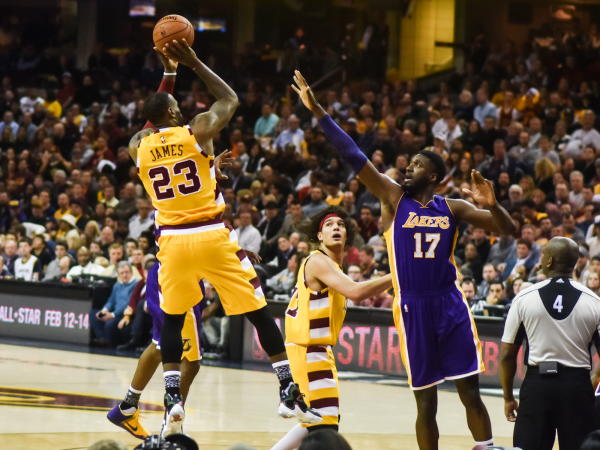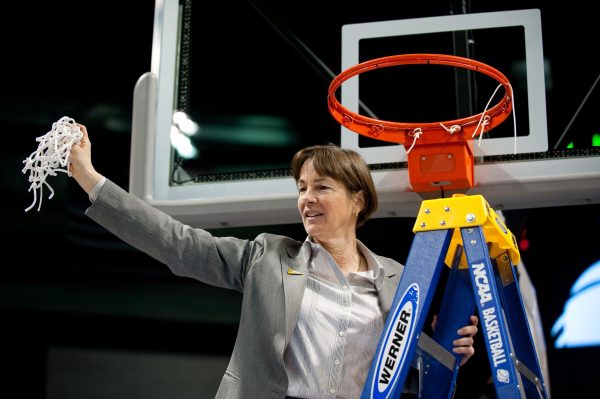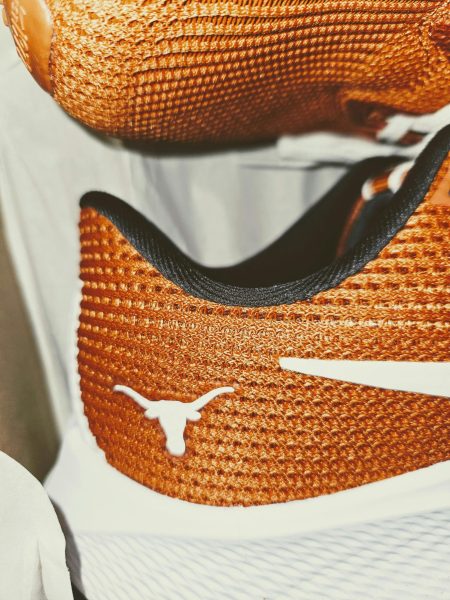Inside the Rise of Sports Streaming
LiChai Epperson ‘19 wears his favorite Chelsea jersey.
Many tech companies are fighting for the right to stream Thursday Night NFL games. Facebook has already locked in a deal with the MLB to stream one game a week on Friday nights. These are the steps that corporations like Twitter, Amazon, YouTube, and Verizon are taking to prepare for the future of sports watching online.
According to a recent Google survey, 30% of sports fans between the age of 18 and 54 have streamed sports to their smartphone or computer. A vast majority of people who said they were subscribed to TV based services would be willing to stop paying and switch to streaming. This is a departure from results in the past favoring television monopolies.
LiChai Epperson ’19, an avid soccer fan, often streams on his phone when he is not home. “Being able to watch sports on my phone is super convenient. Last weekend, I was at a debate tournament, but Chelsea Football Club had a major league game against Manchester City, and I was able to watch us beat them 2-0, thanks to the NBCSN stream on my phone.”
This corroborates the biggest advantage of streaming; as phones become more advanced and mobile, it is more convenient to watch your favorite sports on such a small and portable device instead of a large immobile device like a TV. However, one potential disadvantage is the quality. “Sometimes, I think it is better to watch sports on the larger screen of a T.V. with higher definition picture and better sound quality,” Epperson said.
Ajeet Ghotra ’19, another avid sport watcher, does not see this as a problem. “Sometimes you need to sacrifice quality especially when you’re on the go. The quality on the phones now-a-days aren’t even that bad, so to me, it’s not a huge difference,” Ghora said.
“Sometimes, I think it is better to watch sports on the larger screen of a T.V. with higher definition picture and better sound quality,” Epperson said.
Data supports this position. Global Wireless Solutions recently studied AT&T’s networks and found that 98% of the attempts to stream were successful, with only 0.82% freezing at any point, as technological advancements continue to make streaming more practical in the twenty-first century.
These numbers are forcing T.V. networks to prepare for the future. The process of ‘cord-cutting’ is already beginning, with the major sports network, ESPN, losing up to 10,000 subscribers daily. In response, ESPN network has made deals with services like Sling TV, PlayStation Vue, DirecTV Now, and Hulu’s upcoming live T.V. service in order to gain continued exposure. Other networks have had a different approach, choosing instead to limit their shows to just cable and not to sell any rights to streaming services.
“The future of sports is definitely online, and I’m excited to watch as technology grows. We already see stuff like virtual reality being created, so there really is no limit to what online sports can become,” Ghotra said.
Jake Goldsmith is a Sports Editor for ‘The Science Survey’ and a Group Section Staff Reporter for ‘The Observatory.’ He believes that journalism...











